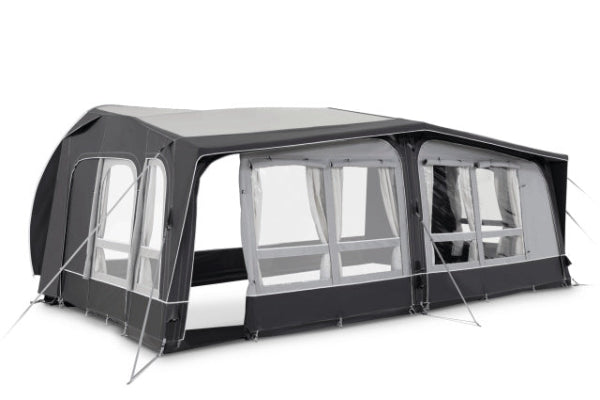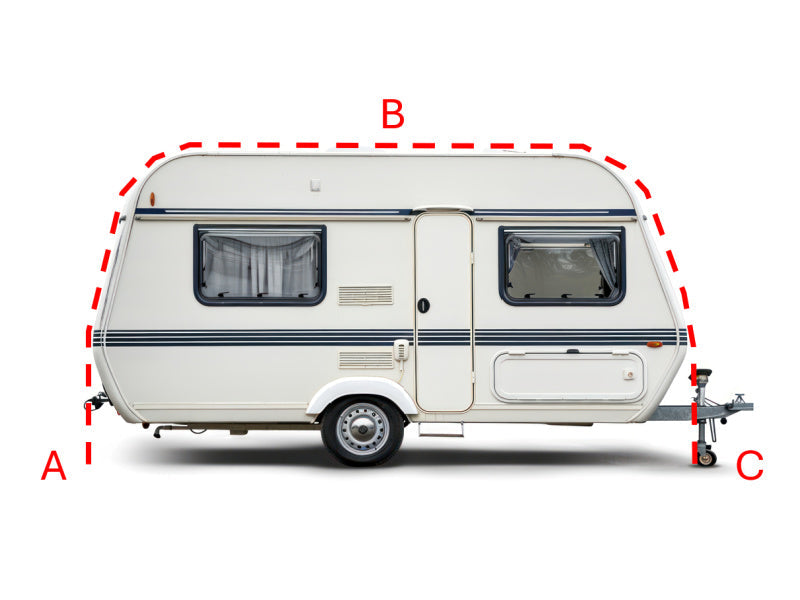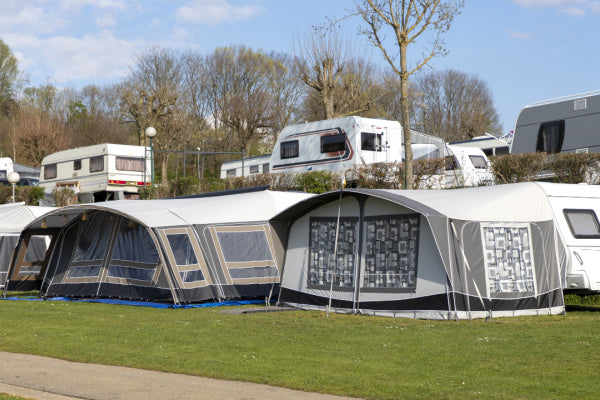Is 200W Solar Enough for Camping?
Think 200W solar is enough for camping? Short answer: Yes—for the basics. It’ll keep your lights on, fridge cool, and phone charged (so you can keep pretending you’re “off-grid”). But if you're packing a blender or Netflix, read on. We cover batteries, weather, and portable power stations too.
Understanding 200W Solar Power for Camping
What Can a 200W Solar Panel Realistically Power?
Common Camping Devices & Their Power Demands (Phones, Lights, Fans)
A 200W solar panel can comfortably run many essentials.
This includes LED lights (5–10W), smartphones or tablets while charging (5–20W), and portable fans (5–15W).
These are all low-consumption devices that a 200W panel typically handles well in fair weather.
It’s a great match for minimal setups.

Powering Larger Items: Small Fridges, Laptops (Considerations)
Laptops and small fridges are still manageable but come with caveats.
Laptops use around 20–50W, while portable fridges average 20–50W.
These draw more energy over time, so you’ll need a decent battery bank to store power, especially for use at night.
Keeping usage hours in check becomes important here.
What 200W Likely Won’t Handle (Heaters, AC Units, Microwaves)
High-draw appliances are generally too much for 200W.
This includes electric heaters, air conditioning units, and microwaves.
They require more continuous and peak power than a single 200W panel can deliver.
Unless you’re carrying a generator or higher-capacity system, it’s best to leave these at home.
Calculating Your Personal Energy Needs vs. 200W Output
Step-by-Step: Auditing Your Device Usage
Start by making a list of every device you'll bring camping.
Note the wattage of each item, and estimate how many hours per day it will be used.
Multiply wattage by hours to get daily watt-hour (Wh) consumption.
Do this for everything—from lights to laptops to fridges.
Understanding Watt-Hours and Solar Generation Potential
For example, a 50W laptop used for 4 hours a day requires 200Wh.
A 200W panel in good sun conditions can generate around 800–1,000Wh per day.
This gives you a ballpark idea of what your panel can realistically support.
Keep a buffer in case of cloudy weather.
Factoring in Sunlight Availability and Battery Size
Sunlight hours vary by season and region.
Cloudy weather can significantly reduce your power output.
That’s where battery storage comes in—helping you store excess energy for later use.
Choose a battery that meets your daily usage and charges efficiently from solar.
Key Scenarios: When is 200W Enough (or Not Enough)?
For the Minimalist Camper (Weekend Trips, Basic Charging)
A 200W panel is ideal for weekend campers with low power needs.
Charging phones, powering a few lights, and keeping a small fridge cool is all very achievable.
It’s a lightweight and simple setup, perfect for short getaways.
You’ll enjoy the convenience without the bulk.

For Extended Stays or More Comforts (Potential Limitations)
Longer trips or more gear start to stretch a 200W panel thin.
Running multiple appliances or charging heavy-duty electronics adds up fast.
You might find yourself limited on cloudy days or needing to ration usage.
This setup demands smart planning and conservation.
Considering Alternatives if Your Needs Exceed 200W
If you plan on using more gear or staying longer off-grid, consider upgrades.
Adding more panels, upgrading your battery, or switching to a portable power station with a higher capacity might be necessary.
Some campers also use small backup generators for cloudy stretches.
It all comes down to comfort vs. simplicity.
Optimising Your 200W Solar Camping Experience
Essential Components for Your 200W Solar Setup
Choosing the Right 200W Panel (Types, Portability)
Look for foldable or briefcase-style solar panels if space is tight.
Rigid panels are more durable but less portable.
Always check for IP ratings, weight, and warranty before buying.
A quality panel makes a big difference in performance.
Selecting Your Battery (Capacity in Ah, AGM vs. Lithium)
Pick a battery with enough capacity to match your daily needs.
Lithium-ion options are more efficient, lighter, and have longer life spans than AGM types.
Check the amp-hour (Ah) rating, and consider how much energy you'll need overnight.
It’s the heart of your setup—don’t skimp on it.
The Role of a Charge Controller (MPPT vs. PWM)
A charge controller regulates the energy flowing from your panel to your battery.
MPPT types are more efficient than PWM and worth the upgrade for most setups.
They allow your panel to operate closer to its maximum power point.
This gives you more usable energy each day.
Do You Need an Inverter for AC Power?
Yes—if you plan to use standard plugs like for laptops or fans.
An inverter converts DC to AC power.
Choose one that matches or exceeds the total wattage of the devices you’ll be using simultaneously.
Pure sine wave inverters are better for sensitive electronics.
Tips for Maximising Power from Your 200W Panel
Strategic Panel Placement (Angle, Direction, Avoiding Shade)
Place your panel in full sun with no shading—trees and tents will cut your output.
Angle it toward the sun, usually facing south if you're in the Northern Hemisphere.
Adjust the tilt based on time of day or season.
Every bit of extra sun helps.

Understanding Peak Sun Hours and Weather Variables
A panel only hits 200W output under ideal conditions.
You’ll typically get peak output for just a few hours a day, depending on season and location.
Overcast days can halve or even quarter your energy generation.
Track sun hours and have a plan for cloudy weather.
Basic Maintenance for Optimal Performance
Keep panels clean—dust, dirt, or leaves will reduce efficiency.
Wipe them with a soft cloth and check cables for wear or corrosion.
Store panels safely when not in use to avoid physical damage.
A little maintenance goes a long way.
Is Investing in 200W Solar Worth It for Your Camping Style?
Pros: Quiet, Renewable Energy, Off-Grid Freedom
Solar is silent, eco-friendly, and doesn’t need fuel.
It gives you freedom to explore more remote sites without losing power.
You’ll stay connected and comfortable, without the noise or fumes of a generator.
It’s a low-maintenance option too.
Cons: Initial Cost, Weather Dependency, Weight/Space
The up-front investment for panels, batteries, and accessories can be high.
Weather affects performance, and you'll need to pack extra gear.
It’s light compared to a generator, but still adds weight and volume to your load.
Planning ahead becomes part of the routine.
Making the Final Decision: Balancing Needs and Budget
If your camping style is minimalist and eco-conscious, 200W is often perfect.
For more power-heavy needs, consider a modular system you can expand later.
Think about your typical trip length, location, and devices.
Match your setup to your habits, and your adventure stays hassle-free.
Other content you might like:
- What Appliances Can You Use on a 1000W Inverter?
- What Is the Difference Between an Inverter and a Power Station?
- Can You Charge a Portable Power Station With a Solar Panel?
- Can I Plug My Motorhome Into a Portable Power Station?
- How to Operate a Portable Power Station?
- How Does a Power Station Work Step by Step?
- How to Know if a Portable Power Station Is Fully Charged?
- How Long Does a Portable Power Station Hold Its Charge?
- Can You Overcharge a Portable?
- Can I Use My Portable Power Station While Charging?





Leave a comment